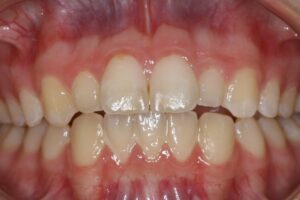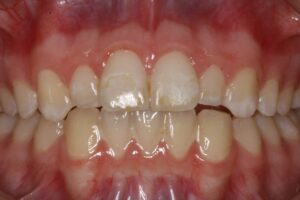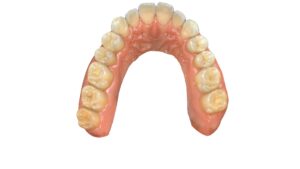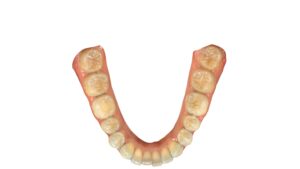Bleaching Information Sheet
We have been providing brighter, whiter smiles for our patients for over 15 years. The peroxide based formulas that we use are safe and effective. We currently offer 3 different methods of bleaching. See which one may be right for you!
Here is an overview of bleaching options we provide:
Boost: This is a one-time, one and a half hour bleaching treatment done in our office. Prior to the procedure you will be given prescription-strength, fluoride toothpaste for you to use for 2 weeks to help reduce sensitivity that may occur during and after treatment. The unique aspect of this treatment is that your teeth will continue to lighten for 24-48 hours after your in-office treatment. During this time you will need to stay away from foods and beverages that may re-stain teeth (i.e.: coffee, tea, dark sodas, berries, tobacco, red wine, curry and red sauces) until your teeth naturally become resistant again. Includes take-home bleaching trays
Take-home bleach trays: This is the preferred method for most people. Impressions are taken of your teeth and custom trays are made. The bleaching is done at home every day for 1-2 hours (or overnight) for 2-4 weeks. The advantage to these take-home trays is that you are in control of the final result. You can use your trays to do touch-ups as you please. (Bleach refill kits are avail. in office)
Crest Professional White-strips: This is the most economical way to bleach your teeth and it works well in most cases. Our professional strips are about 40% more powerful than the Crest bleaching strips sold in drug stores. The Crest Strips are simply placed right over the front side of your teeth and wrap around to the back. They are used twice a day for 30 minutes for a total of 1 hour per day. The most effective result will be reached by finishing the entire 28-day cycle of strips.
A small percentage of our patients have not been able to complete their bleaching due to tooth sensitivity. Bonded tooth-colored fillings and porcelain crowns and bridges are not affected by the bleach.
**Bleaching results differ from person to person. Dramatic results may not be achieved. **

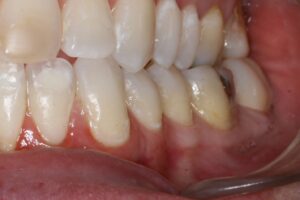 Do you have white spot lesions on some of your teeth and would like a minimally invasive solution to fix them? ICON may be perfect for you. With ICON we can fill and blend in these discolorations without any numbing or drilling.
Do you have white spot lesions on some of your teeth and would like a minimally invasive solution to fix them? ICON may be perfect for you. With ICON we can fill and blend in these discolorations without any numbing or drilling.